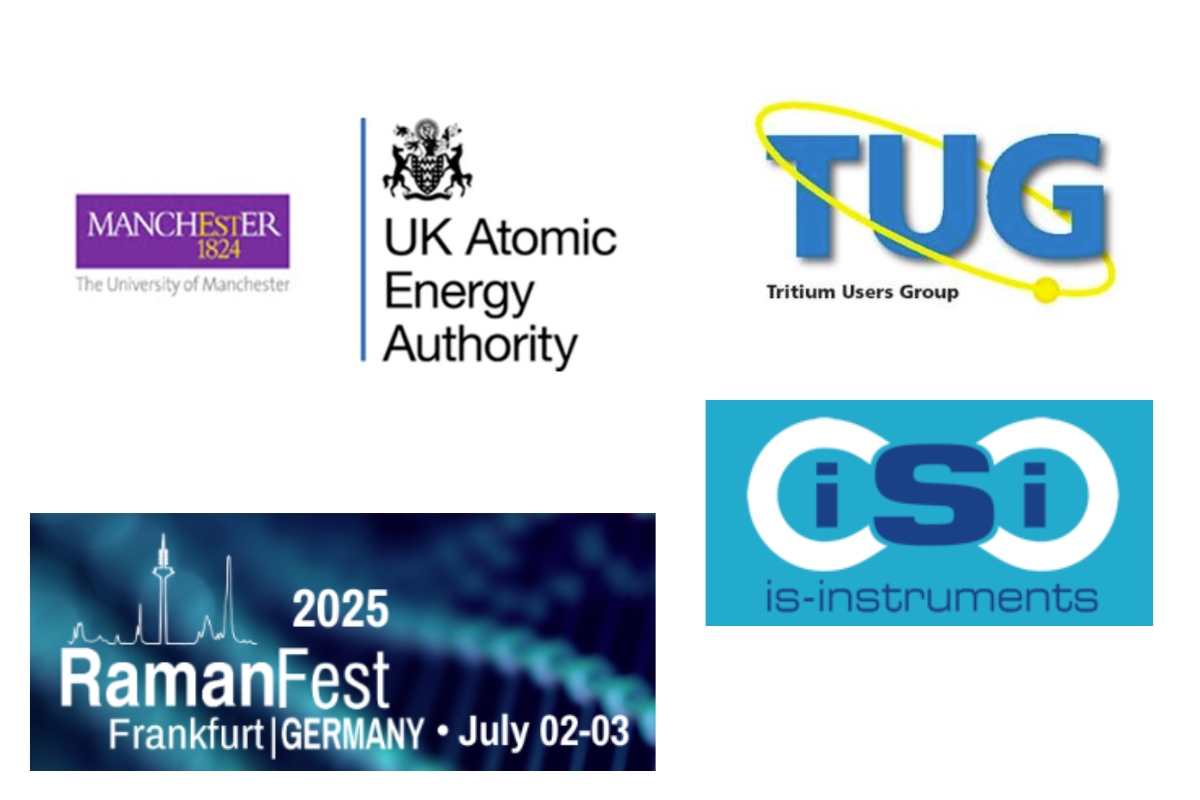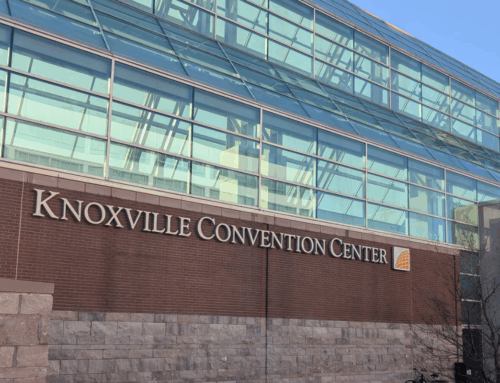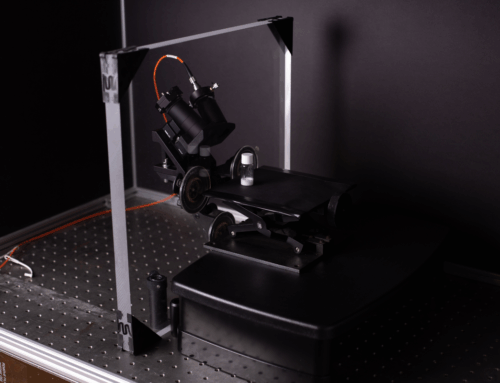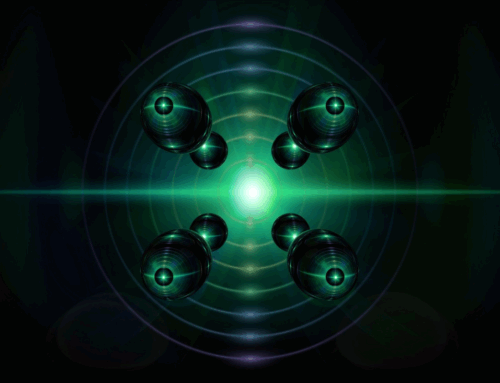The past few weeks have been busy for IS-Instruments (ISI). Our Business Development Manager, Jessica Gabb, attended two major international conferences. Each focused on advancing Raman technologies and their applications within different sectors.
Tritium Users Group (TUG) 2024 – University of Manchester
Jessica and Dr Rhea Sam participated in the 23rd annual meeting of the Tritium Users Group (TUG) hosted by the University of Manchester. TUG provides a focused platform for collaboration and knowledge exchange within the tritium and fusion communities.
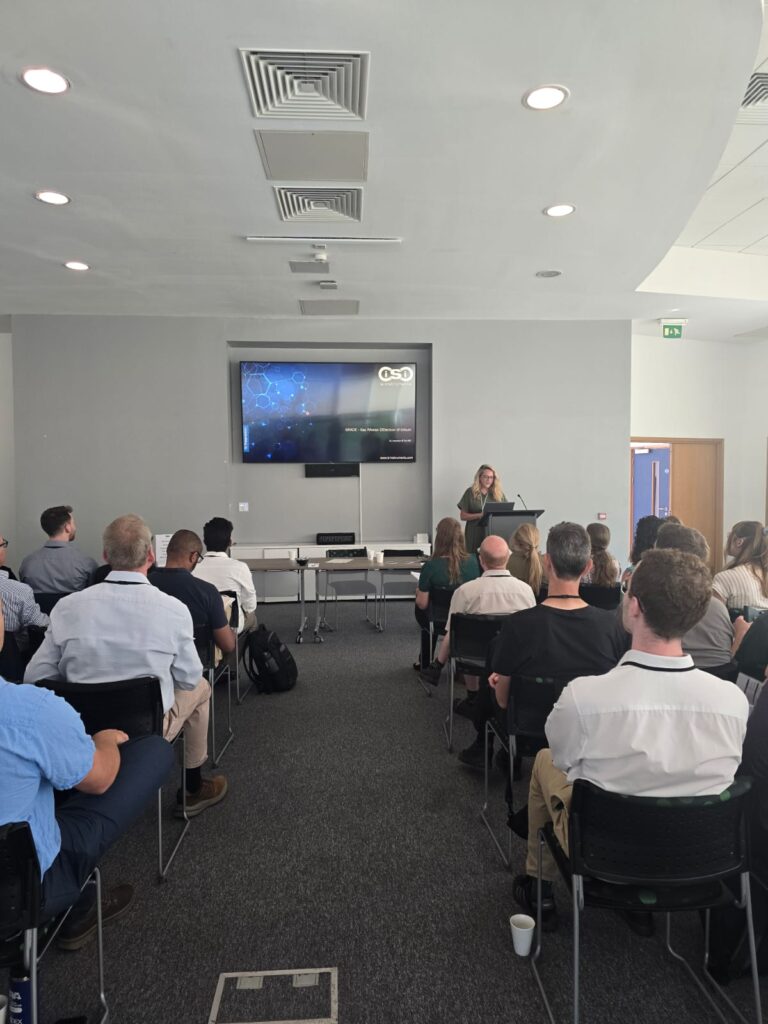 At the event, Jessica presented ISI’s gas-phase Raman spectroscopy system, Notus. This was developed as part of the United Kingdom Atomic Energy Authority (UKAEA) Fusion Industry Programme (FIP) project, GRADE. Engineers developed this instrument to deliver real-time, in-situ monitoring of hydrogen isotopes — including deuterium and, critically, tritium — under operational conditions.
At the event, Jessica presented ISI’s gas-phase Raman spectroscopy system, Notus. This was developed as part of the United Kingdom Atomic Energy Authority (UKAEA) Fusion Industry Programme (FIP) project, GRADE. Engineers developed this instrument to deliver real-time, in-situ monitoring of hydrogen isotopes — including deuterium and, critically, tritium — under operational conditions.
Notably, the system recently achieved successful tritium detection, demonstrating its efficacy for future deployment in active fusion research and tritium-handling applications.
The gas Raman system operates with fibre-coupled optical access and a ruggedised configuration for deployment in tritium-compatible containment environments. Engineers optimised the spectral resolution and sensitivity to differentiate Q-branch vibrational modes of hydrogen isotopologues, even at sub-atmospheric pressures.
On the second day of TUG, attendees toured Amentum, where ISI exhibited the system and engaged with stakeholders from organisations including UKAEA, Atomic Weapons Establishment, National Physics Laboratory, Karlsruhe Institute of Technology, CEA (Commissariat à l’énergie atomique), and Sellafield. Technical discussions centred on the challenges of tritium metrology, system integration in controlled environments, and corrosion linked to tritium isotopic effects. In particular, UKAEA’s Ben Mercer provided an insightful talk on corrosivity mechanisms associated with tritium. This is a key concern for materials compatibility in fusion reactors.
RamanFest 2025 – Frankfurt
Immediately following TUG, Jessica travelled to Frankfurt for the twelfth International Conference on Advanced Applied Raman Spectroscopy, RamanFest 2025. This leading international symposium highlights cutting-edge developments in Raman spectroscopy across scientific and industrial domains. The organisers invited presentations from world-leading experts and researchers who use the Raman technique across life science, materials science, and energy and environmental analysis.
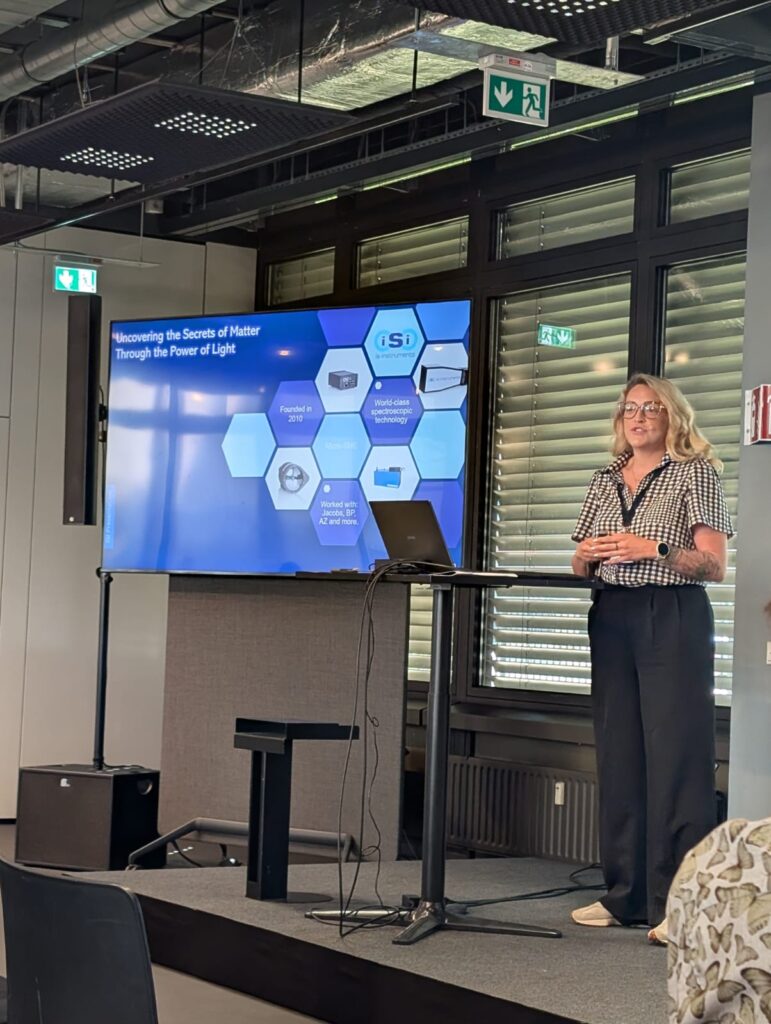 At RamanFest, Jessica delivered a technical presentation on Odin, ISI’s deep ultraviolet (DUV) Raman instrument. This instrument is being used in the Dembio project, which aims to identify dementia biomarkers in human serum. Odin operates at an excitation wavelength of 228.5 nm. Engineers specifically designed it to achieve a high signal-to-noise ratio while minimising sample degradation — a well-known challenge in DUV Raman analysis caused by photobleaching and local heating.
At RamanFest, Jessica delivered a technical presentation on Odin, ISI’s deep ultraviolet (DUV) Raman instrument. This instrument is being used in the Dembio project, which aims to identify dementia biomarkers in human serum. Odin operates at an excitation wavelength of 228.5 nm. Engineers specifically designed it to achieve a high signal-to-noise ratio while minimising sample degradation — a well-known challenge in DUV Raman analysis caused by photobleaching and local heating.
The system integrates either a dynamic sample stage or a closed-loop flow cell. Both configurations limit sample exposure to the laser, significantly reducing photodegradation during exposure. The system achieves a total laser output of 9 mW, providing approximately 8 mW at the sample — a comparatively high power level for DUV systems. This enables rapid acquisition while preserving the biochemical integrity of delicate biological samples, crucial for downstream biomarker identification.
Jessica fielded a range of technical questions from attendees on laser spot size, thermal effects, optical throughput, and the software-controlled stage movement. Her presentation demonstrated how ISI’s approach enables reproducible Raman spectra from low-concentration serum biomarkers. This has exciting potential implications for non-invasive early-stage diagnostics of neurodegenerative diseases such as dementia.
With these back-to-back international engagements, ISI continues to showcase its technical innovation and cross-sector relevance. From nuclear fusion fuel monitoring to next-generation medical diagnostics, our instruments are enabling real-world applications. They are also paving the way for new possibilities in high-resolution, high-sensitivity Raman analysis.
For further information on how ISI is advancing Raman technologies or to explore collaboration opportunities, contact our technical team.


